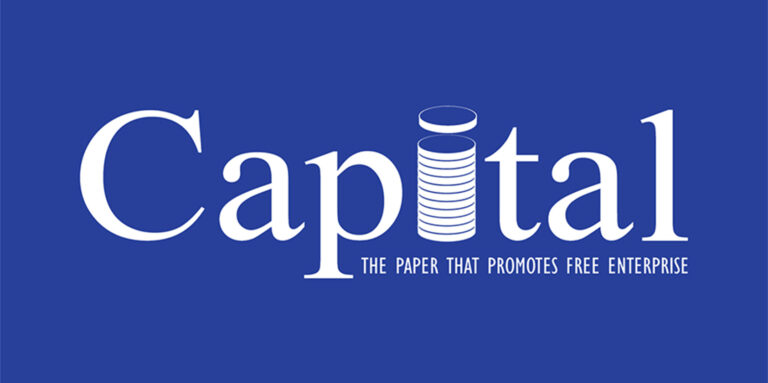As world leaders and influencers converge for New York’s UN General Assembly and Climate Week, two incompatible visions are about to clash: rich-world elites obsessed with climate change versus developing nations battling poverty, hunger, and disease. Unfortunately, even hundreds of trillions of dollars spent on traditional climate policy can only deliver tiny benefits, whereas just billions of dollars of simple, proven policies can transform lives, alleviate poverty, promote health, and boost resilience. This chasm highlights why most of the world often perceives rich virtue-signaling elites as disconnected from reality.
Climate activists will flood New York, ignoring decades of failed summits. Since 1992’s Rio Earth Summit, the renewable share of global energy has risen just two percentage points from 12% to 14%, despite the world spending over $14 trillion mostly in subsidies. On current trends, it will take another four centuries to get all-renewable. The UN’s 2024 Emissions Gap Report shows even if all unconditional pledges are fully implemented, emissions in 2030 would still be about 19% higher than 2019 levels. Yet, in New York we can expect fanfare for bolder, costlier promises, blind to their economic toll and puny impact.
Last year, the world spent over $2 trillion on climate policies. By 2050, net-zero will cost an impossible $27 trillion every year across the century. This will choke growth, spike energy costs, and hit the poor hardest, and still that climate policy will deliver only 17 cents back on the dollar.
Meanwhile, mere billions of dollars could save millions of lives. There is no glitzy “Maternal and Newborn Care Week” in New York to draw celebrity advocacy power, yet 260,000 mothers and 2.3 million newborns die annually. Simple interventions—like $5 neonatal resuscitation for birth asphyxia—could avert 166,000 maternal and 1.2 million infant deaths for $2.1 billion. Every dollar invested would generate social returns worth $87. This investment is a 600 times more effective use of scarce resources than net-zero policies.
And there’s so much that we could do. For $1.7 billion we could extend childhood vaccines to save 500,000 kids annually, yielding $100 per dollar. Another $1.1 billion would fight malaria, avoiding 200,000 deaths for $48 back to society on every dollar. And $5.5 billion in agricultural R&D would hike food yields by 10%, cutting hunger for 100 million and transforming futures.
Contrast this with climate policies’ huge costs and paltry returns. Net-zero pledges could end up devouring entire national budgets. If, as is realistic, only rich countries end up carrying through these promises, the cost could reach $5,000-20,000 per person per year. This is unaffordable and implausible.
Yet, the impact is trivial, even when using the UN’s own climate model to see the difference between the current policies of the rich world and achieving net-zero by 2050. The difference in global temperature will be unmeasurable in 2050 and even by 2100 will be a trivial 0.1°C. This is because most emissions will come from China, India, and Africa, which are understandably prioritizing poverty alleviation via cheap energy.
Climate campaigners claim that the end of the world is close. But in reality, meta-studies by climate economists analyzing the impacts of climate change find that unchecked warming would cut GDP by 2-3% by mid-century—very far from Armageddon.
The solution to climate change is not making energy ever more unaffordable and unreliable. Instead, it is energy innovation. The world needs to boost green R&D spending, which is far too low. This spending will be much more affordable than current climate policies. It will also accelerate breakthroughs that will make green energy cheaper than fossil fuels, making the shift possible for all, not just for wealthy elites.
Increasing incomes and opportunities for the world’s poorer nations is not only incredibly good by itself—delivering better nutrition, more health, and less hardship. Lifting people out of poverty also means they become less vulnerable and more resilient towards climate challenges.
The important global choice really is whether to first focus on the most efficient policies to tackle the world’s most urgent problems of disease, hunger and poverty, or the climate concern of the world’s rich. Climate Week will simply echo the same failed script. Meanwhile, just a tiny fraction of the ill-spent climate trillions could be spent smartly to tackle humanity’s deadliest foes. Developing nations aren’t able to wait around for rich-world theatrics. They need energy, food, and health now.
After 30 years of a narrow climate focus taking primacy over all the world’s other challenges, it is time to pivot. The world’s poor need billions on health, nutrition, and growth to deliver better livelihoods, not trillions on inefficient gestures. Sadly, at Climate Week, the spectacle of amplifying unattainable targets will drown out all else.
Bjorn Lomborg is President of the Copenhagen Consensus, Visiting Fellow at Stanford University’s Hoover Institution, and author of “False Alarm” and “Best Things First”.



